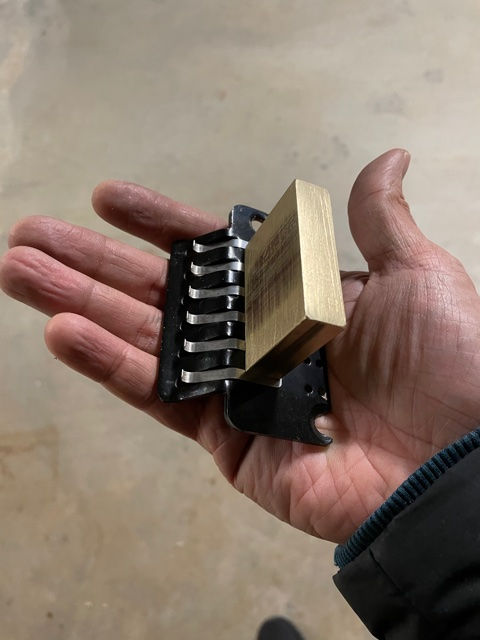80s Epiphone Matsumoku Les Paul - Epiphany or Epi-phoney? (Part 4)
- Alex S

- May 11, 2015
- 3 min read

In my final post on this matter I discuss the final 2 possibilities from my list: were these guitars an unauthorised copy from Matsumoku that was badged as Epiphone or perhaps a small run of Les Pauls commissioned by Epiphone that was never catalogued?
In Part 3 we discussed counterfeiters and why I don't think this guitar fits into the mould of the "build cheap, sell as a misrepresented item" business model typical of Chibson style copiers. In my opinion this guitar undoubtedly comes from an era where Japanese manufacturers were making quality copies of famous guitars and selling them under their own monikers. These guitars have since deservedly gained praise and some are highly sought after.
So, ignoring the Epiphone logo on the headstock for a moment - what makes this a Matsumoku produced guitar? If we can say with a degree of certainty that it did come from Matsumoku that limits the era of production significantly as we know when Matsumoku were producing guitars.
Pickups: Most obvious of all. I've seen 4 examples of these guitars over the years...all of them had MMK-61 pickups in the bridge and neck. These MMK pickups are distinctive in appearance; all have "MMK" debossed on the bottom of the pickup, and a "61" with a box around it stamped in black ink in that area as well. These were definitely Matsumoku pickups, MMK standing for Matsu Moku Kogyo. They could be found in many Aria, Westone and Vantage guitars produced by Matsumoku.
Serial Number: Less obvious and not concrete "proof", but they do fall in line with the Matsumoku numbering scheme and even have the same look - font and imprint style.
Neck Tenon build: Similar to all the set neck Aria Pro IIs I've seen - long tenon with a Phillips head screw driven into the neck tenon.
Inked number in neck tenon: Not sure what this corresponds to, but this can be seen in many Matsumoku made guitars. In my opinion the combination of a long neck tenon with a screw and the inked stamped number format “xx.xxx” is a reliable indicator of whether or not it is a Matsumoku made guitar. I have seen this repeated in many Aria Pro IIs and some Burny Les Pauls.
Reddish inlays: Of course, not proof of anything. I've seen Matsumoku guitars without reddish inlays but I've only seen the similar reddish inlays used on Matsumoku produced Aria Pro IIs. I’m not sure what these are made of (probably some form of plastic) but I personally like the look of them. I can’t be sure if they started out this way, or if they have changed colours over the years because of external factors – could explain why some Matsumoku guitars seem to have them and others don’t.

Pictured: Reddish inlays in the Matsumoku Les Paul
Other build similarities to Aria Pro II Les Paul: From my observations, these guitars have the same build as a Matsumoku-made 80s Aria Pro II. Without having access to an Aria LP it is difficult to compare the minute details such as routing features, pots/caps/wiring used, etc. But the 2 piece body/top with a 3 piece neck is typical of Matsumoku.
Conclusion: Plausible
I believe that a combination of all the factors listed above is enough to conclude that this is a Matsumoku manufactured guitar. We may never know whether it was an unauthorised copy that Matsumoku badged Epiphone, or if it was an authorised run that was never officially released.
At the end of the day...it's an Epiphone, which means you got it at a fraction of the price of a Gibson with the comparable specs. If it sounds good, and you're having fun with it...count your blessings and keep playin!
Note: If you have one of these guitars, and would like to compare notes, please contact me. I’d be happy to hear from you. Similarly, let me know if you believe that there are factual errors presented in this series of blog posts.



Comments